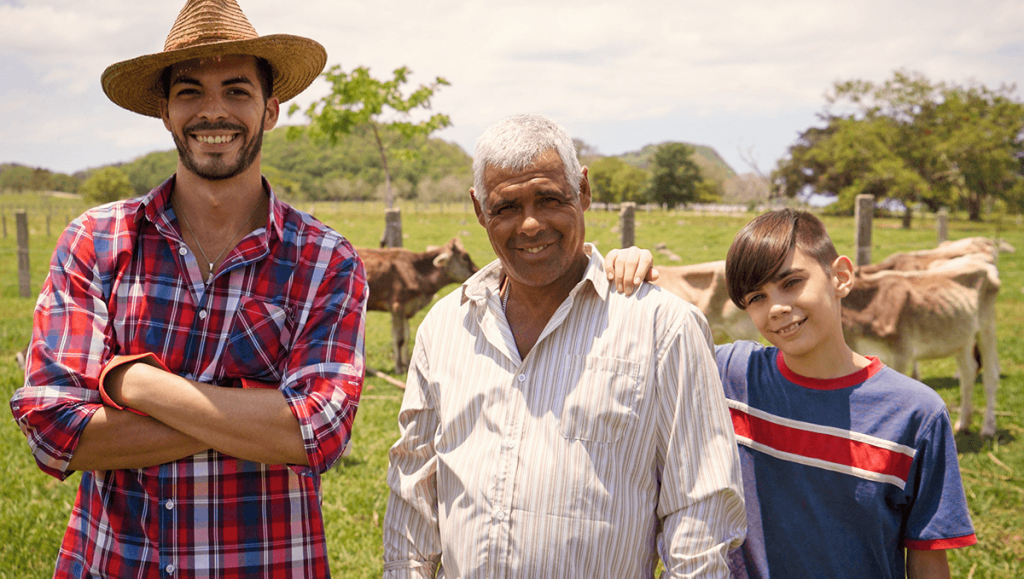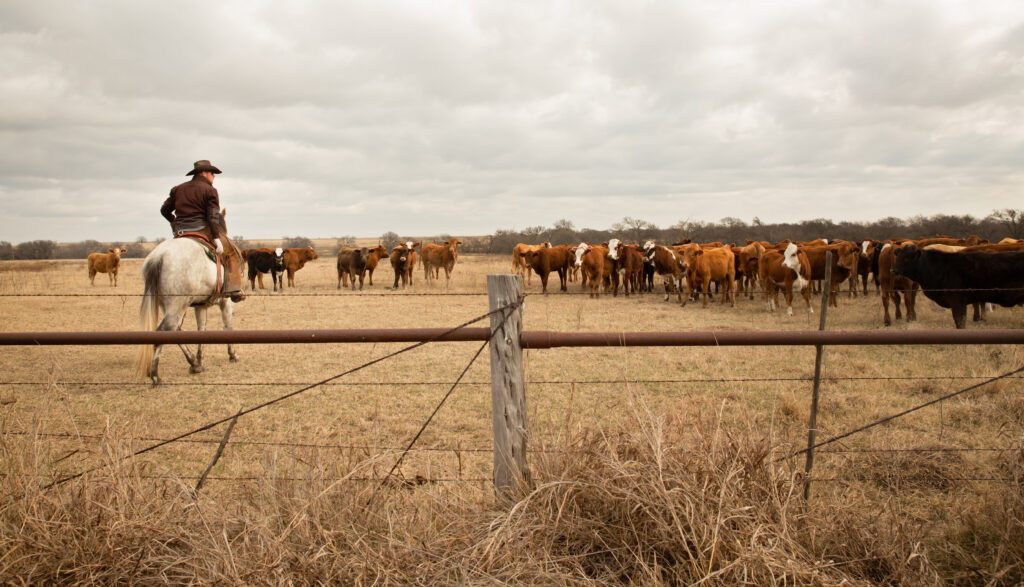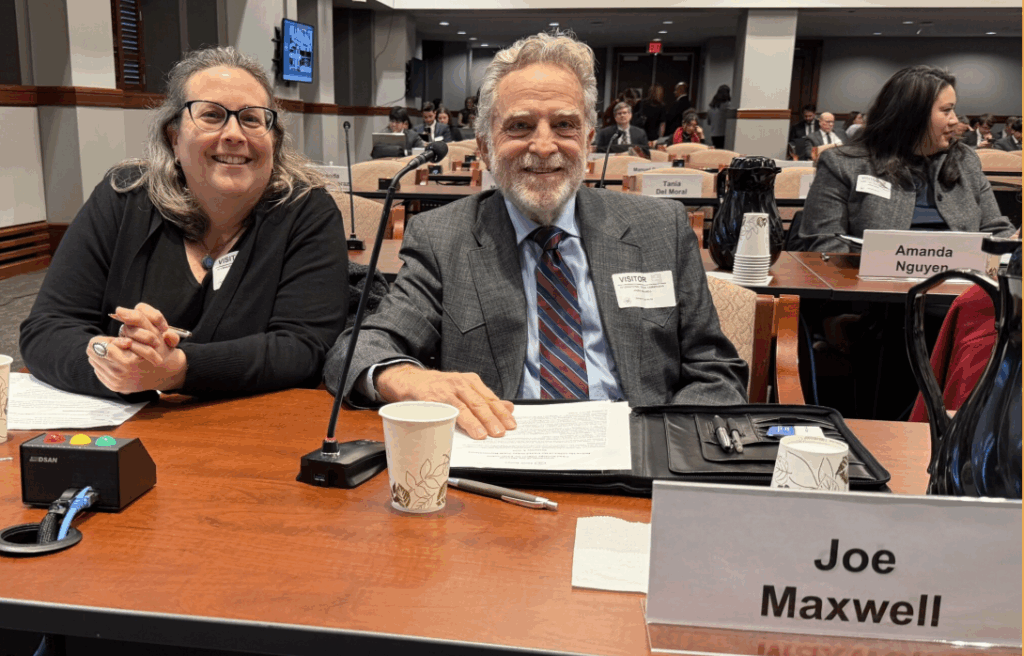We're dispelling the myths of industrial agriculture.
Welcome to our Big Ag Mythbusters blog series! We are here to debunk the tall tales that multinational agrifood corporations use to defend their business model and defeat any meaningful reforms. We’re publishing this series ahead of our groundbreaking report titled “The Truth About Industrial Agriculture: A Fragile System Propped up by Myths and Hidden Costs,” which will be released later this summer.
MYTH
Industrial agriculture is necessary to support rural communities and economies.
The Truth
For many, rural America has become synonymous with big industrial farms. That’s because Big Ag has managed to convince everyone that its business model is the best way to bring jobs and economic vitality to rural communities — that rural America needs industrial agriculture to thrive. Their goal? To position themselves so that rural communities become wholly dependent on their presence.
In the short term, this myth might appear valid, but the economic benefits industrial agriculture claims to offer rural communities are short-lived and vastly outnumbered by the damages inflicted on communities’ economic, civic, physical, and environmental well-being.
Artificially-created dependence on a single corporation leaves a rural community vulnerable to the whims of that corporation.
Ultimately this artificially-created dependence on a single corporation leaves a rural community vulnerable to the whims of that corporation. Which is great for multinational corporations, but bad for the vibrant, culturally- and economically-diverse communities fighting for their very existence across rural America.
Big Ag, Little Town
Let’s run a hypothetical scenario (which has, unfortunately, all too many real-world precedents). Say an industrial plant that processes cattle for Walmart sets up shop in a rural place. Their first move is pushing out the local meat processor. Now a community’s formerly-resilient food supply chain is missing a link. Independent farmers have no one (other than a corporate meatpacker) to sell to, and independent food retailers have no one (other than a corporate meatpacker) to buy from. The meatpacker, meanwhile, is ready to fill the holes they created by contracting or buying from once-independent farmers, and cutting deals with corporate retailers, restaurants, and grocers.
Now that the meatpacker has created a bottleneck, they control the buying and selling of food in this local economy and are free to extract profit from community members and local businesses. People who speak out against this arrangement are often met with intimidation from industry interests. Time goes by and farmers adapt to this new, extractive economy. Livestock producers might contract with the same corporation that owns the industrial meatpacking plant, taking on debt to pay for the construction of barns or bigger facilities that meet industrial standards. Farmers move away from growing food for their neighbors and toward intensively growing a few commodity crops like corn or soy, exhausting the land as they fight to sell their grains below production cost in an overly-saturated market.
Farmers move away from growing food for their neighbors and toward intensively growing a few commodity crops like corn or soy, exhausting the land as they fight to sell their grains below production cost in an overly-saturated market.
As industrial agrifood corporations erode economic resilience in this rural community, a domino effect ensues. Property values surrounding the plant fall, robbing residents of their most valuable asset. Without economic opportunity, many people leave in search of a way to make a living and feed their families. Natural resources like water, soil, and air are extracted and/or polluted. Now the roads, used heavily by the agrifood corporation’s trucks, fall into disrepair. A shrinking tax base is increasingly burdened with the rising costs of infrastructure maintenance and essential services like public hospitals.
Agrifood corporations know all of this, and in order to avoid being completely rejected by the communities they are exploiting, they provide “charity” programs to distract from the damage they’ve done. An anti-hunger program from JBS, one of the world’s leading corporate meatpacking monopolies, amounts to handing out duct tape while simultaneously drilling holes in the bottom of a boat.
A Just Transition
It’s no secret that many rural communities are struggling, and that’s why we’re pushing back against corporate-created myths: industrial agriculture creates problems — not solutions — for rural communities.
A real solution for rural communities empowers residents to stand up and take back control of their lives from corporations. A real solution starts with robust policies to break up corporate monopolies and launch a just transition to a more competitive, sustainable, and inclusive agriculture system.

The truth is, breaking up these corporations will bring economic opportunity, nutrition, and self-determination back to rural America. Multiple studies have shown that resilient local and regional food systems can feed more people, create more, better-paying jobs, and increase overall economic activity in rural communities.
Instead of using government funding to bail out corporate monopolies, shift those subsidies to support independent farmers feeding their communities. Build broadband for local businesses, and fund healthcare and schools so residents don’t have to leave in search of these services. Strong antitrust laws will break the stranglehold corporations have gained over our economy, and when we dissolve Big Ag monopolies, we’re giving rural communities the fighting chance they deserve.
Written by Anna Straus; designed by Dee Laninga; edited by Dee Laninga, Angela Huffman, Emily Miller, and Joe Maxwell; concept developed from “The Truth About Industrial Agriculture: A Fragile System Propped up by Myths and Hidden Costs” by Emily M. Miller.




